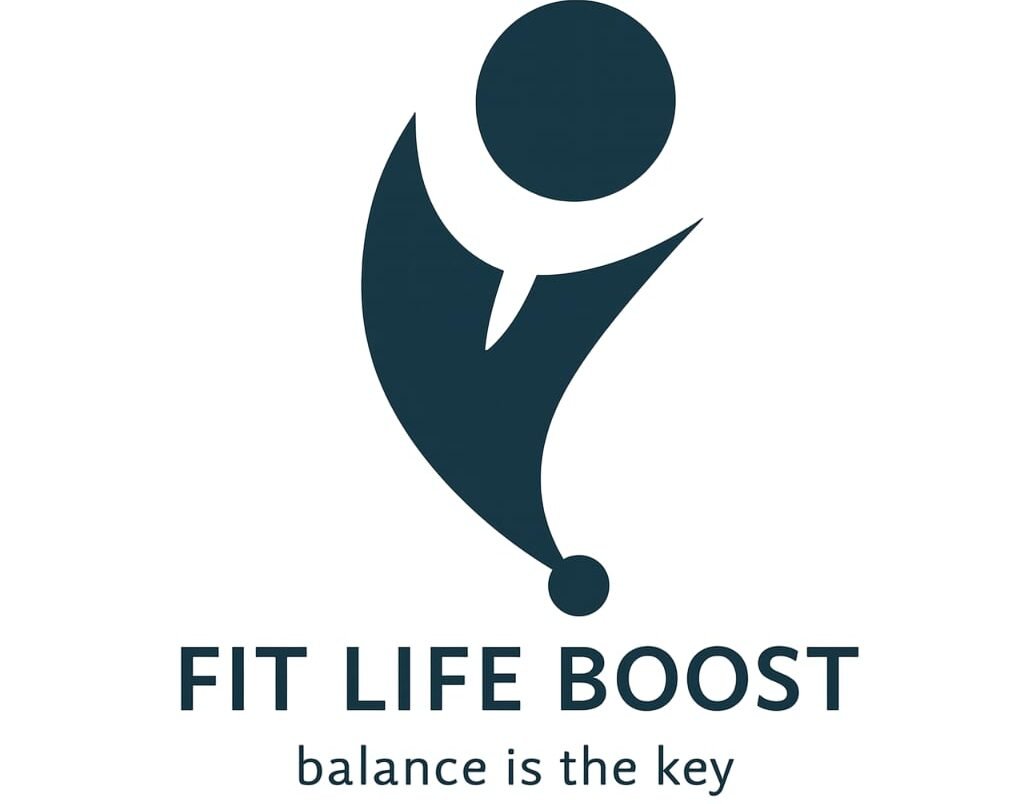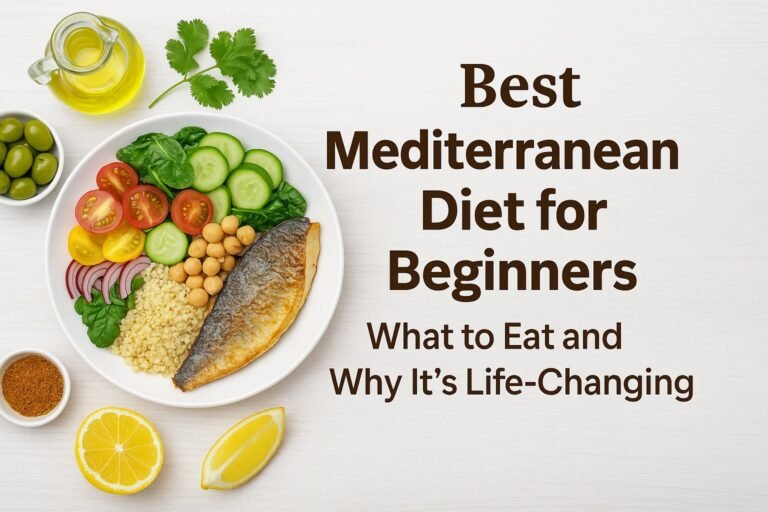Best Way to Read a Nutrition Label in Under One Minute
In a world where every aisle is packed with “healthy” choices, knowing how to read a nutrition label is more important than ever. But let’s face it, most people get overwhelmed by the small print, percentages, and unfamiliar ingredients.
The good news? You can learn to read a nutrition label in under one minute once you know what really matters. This simple guide breaks it down step by step and shows you the best way to decode any food label quickly and confidently.
We’ll also share some Amazon tools to help you read smarter and shop wiser.
Why Learning to Read Nutrition Labels Is Best for Your Health
Nutrition labels are more than just numbers. They tell the truth behind the marketing. Whether your goal is weight loss, muscle gain, or managing a health condition, understanding the label gives you complete control over what goes into your body.
Benefits of Reading Nutrition Labels:
- Helps you avoid hidden sugars and fats
- Keeps you from falling for “health halo” marketing
- Lets you compare similar products quickly
- Guides you toward balanced, nutritious meals
Best Strategy to Read a Nutrition Label in Under One Minute
Here’s a lightning-fast method to scan a label. You’ll know in seconds whether that item belongs in your cart or back on the shelf.
Step 1: Check the Serving Size
Start here. It’s at the top for a reason.
- Look at the serving size and servings per container
- Everything else on the label is based on this number
- If you eat double the serving, double all the values
👉 Try Portion Perfection Plate to train your eyes on correct serving sizes
Step 2: Scan the Calories
Next, glance at the calories.
- Is it reasonable for the serving size?
- A snack might be 100 to 200 calories
- A meal might range from 300 to 600
Avoid “snacks” disguised as meals with 500+ calories.
Step 3: Look at the 3 Key Nutrients
Zoom in on these three critical values:
- Added Sugars – Aim for less than 5g per serving
- Saturated Fat – Stay under 10 percent of daily value
- Sodium – Stay under 140mg for a low-sodium item
Step 4: Check Protein and Fiber
These are your power nutrients. They keep you full and support muscle and digestive health.
- Look for at least 3g of fiber and 5g of protein
- Higher is better for both
👉 Try Bob’s Red Mill Chia Seeds for a fiber and protein boost
Step 5: Flip to the Ingredient List
Even if all the numbers look good, the ingredient list reveals the truth.
- Look for short lists with recognizable ingredients
- Avoid anything with sugar listed in the first 3 items
- Watch for hidden names like maltodextrin or corn syrup
👉 Fooducate App lets you scan and decode ingredients instantly
Best Amazon Tools to Master Nutrition Labels
Want to make label reading even faster? These tools and gadgets from Amazon can help:
Digital Magnifying Glass
Some labels use tiny fonts. A magnifier can make reading easier for everyone.
👉 Try iMagniphy LED Magnifying Glass
Smart Food Scanner
Scan barcodes and get instant nutrition breakdowns and healthier alternatives.
👉 Try Scanadu Scout Smart Health Tool
Pocket Nutrition Guide
Keep a reference on the go for common nutrient benchmarks.
👉 Try The Eat This Not That Supermarket Survival Guide
How to Read a Nutrition Label in the Best Way When Shopping
Use this practical checklist when grocery shopping:
✅ Start with the serving size
✅ Make sure calories match your goal
✅ Watch out for added sugars, saturated fat, and sodium
✅ Choose items high in protein and fiber
✅ Read the ingredient list for hidden red flags
This whole process takes less than one minute per item once you practice a few times.
Best for Weight Loss: Reading Labels to Cut Hidden Calories
Labels are your secret weapon for weight management. You’ll start spotting high-calorie traps disguised as healthy snacks.
Avoid:
- Granola bars with 20g of sugar
- “Healthy” cereals loaded with carbs and zero fiber
- Dressings or sauces that pack 200 calories in 2 tablespoons
Instead, look for:
- Greek yogurt with 15g+ protein and under 7g sugar
- Whole grain crackers with at least 3g of fiber
- Nut butters with 1 ingredient only
👉 Protein Bar is a great label-friendly snack option
Best Way to Teach Kids to Read Labels
It’s never too early to build smart habits. Teach kids to look for sugar, protein, and ingredients they can pronounce.
Make it a game:
- Who can find a snack with less sugar?
- Who finds the food with the fewest ingredients?
- Reward label wins with fun activities or stickers
👉 Try Learning Resources Healthy Helpings Game to make nutrition fun for kids
Common Nutrition Label Traps to Avoid
Even experienced label readers get tripped up. Watch for these:
- Serving size tricks – One bottle, two servings
- Natural flavors – Sounds healthy but vague
- Low-fat – Often high in sugar to compensate
- Zero sugar – Can still contain artificial sweeteners
Your best defense is to read both the label and ingredients.
Best Summary: Nutrition Label Reading in 60 Seconds
You don’t need a degree in nutrition. All it takes is a trained eye and a little practice. The best way to read a nutrition label in under one minute is to:
- Start with the serving size
- Check the calories
- Flag added sugars, saturated fat, and sodium
- Highlight protein and fiber
- Scan the ingredients list
Once you do this regularly, smart choices become second nature.
Frequently Asked Questions
Are nutrition labels accurate?
They are mostly accurate within a 20 percent margin. Use them as guides, not absolute facts.
How can I tell if a product is healthy?
Focus on protein, fiber, and natural ingredients with low added sugar and sodium.
What’s a good amount of protein in a snack?
Aim for at least 5g of protein per snack to stay full longer.
What’s the biggest red flag on a label?
Added sugars. If it’s high up in the ingredient list, skip it.
Can I trust low-carb claims?
Check the total carbs and fiber. “Net carbs” can be misleading.
Is organic always better?
Not necessarily. Check the ingredients and nutrients just like any other item.
Conclusion: Start Reading Smarter Today
The best way to read a nutrition label is to keep it simple. Focus on the facts that matter most and ignore the marketing fluff. With a little practice, label reading becomes a quick, automatic habit that helps you make healthier choices every day.
Empower yourself at the grocery store. Let food labels guide your goals, not confuse them. And remember, your health is worth that extra minute.
See More: Powerful, Pain-Busting Moves: Stretching routine for desk workers and stiff shoulders







